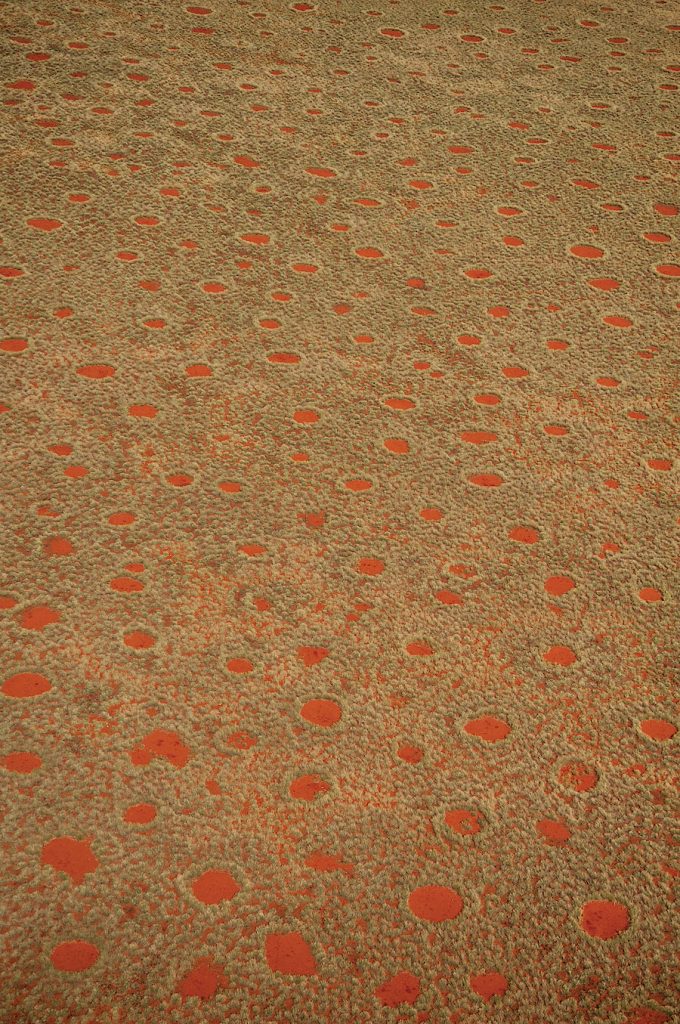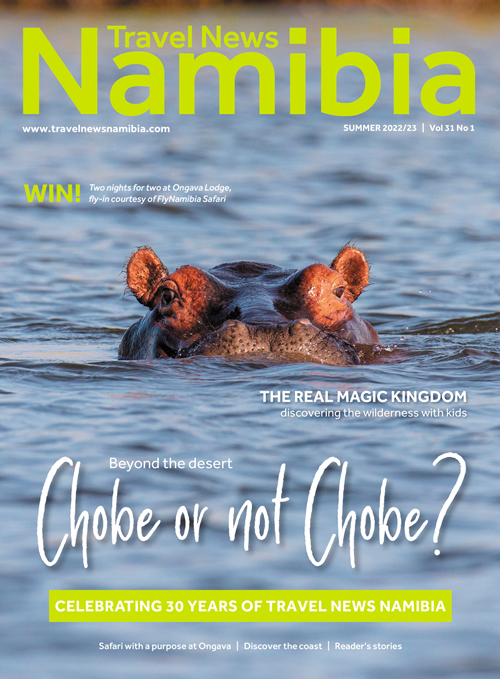

Shining new light on fairy circles
New research claims to have solved the riddle surrounding the Namib’s mystifying fairy circles.
Text – Le Roux van Schalkwyk
From the Summer 2022/23 issue
Type “fairy circles” into any search engine and amongst the hundreds of headings containing the word “mysterious”, you will also find loads of headings boldly announcing “mystery solved”. Yet, the theories of these sensationalist articles never hold up, as time and again they are proved wrong. New research, however, might have given us the answer to understanding this phenomenon.
Some people can enjoy looking at fairy circles and the mystery surrounding these round grassless shapes in the Namib desert, taking delight in the fact that there is no definite solution and nature still holds some mysteries unsolved. But others, being human in nature and having a constant thirst for knowledge, spend years trying to solve this unique riddle.
Multiple theories exist, ranging from meteor showers, termites that feed on the roots of grasses, and noxious underground gas vents to euphorbia graves that poison the soil. Fairy circles have even been monetised, allowing people to adopt a fairy circle – the money going to conservation and research.
Occurring 80–140 km inland from the coast, millions of these circular barren spots dot the environment from northern South Africa to southern Angola. Found in extremely arid zones, one of the leading theories is that because of the regular patterns in which they are organised, and their relative permanence, it points to the grass self-organising in circles as a way of utilising and recycling the limited resources, most notably water. It is on this theory that Dr Stephan Getzin, an ecologist at the University of Göttingen in Germany, based his research on.
Dr Getzin is no newcomer to fairy circle research and has published more than a dozen papers over the last decade supporting the hypothesis that they are caused as a result of plant water stress. His latest study took place from 2020 to 2022. The timing was perfect, as 2020 was the last year of a long drought cycle, with the latter two years being exceptionally good rain years. Relative, of course, to the few drops of rain this area receives annually – if anything at all. The different moisture states were ideal to compare the different conditions and put the water stress theory to the test.
The death of grasses in fairy circles was studied across four different regions along the Namib. One of the plots, located in the NamibRand Nature Reserve, was fitted with data loggers which continuously recorded soil moisture over time.
Investigating areas that had rain showed that grass germinated both inside and outside fairy circles but that the young shoots inside the circles would be dead and dried out within 19 or 20 days. The grasses outside the circles would still be green and soft over the same period of time. It was also discovered that the top layer of the soil within the circles quickly dried out, pointing to the surrounding grasses actively drawing the moisture from these barren patches.
Dr Getzin concludes that the grasses surrounding fairy circles actively modify the moisture of the soil within a fairy circle, effectively acting as ecosystem engineers. By preventing any grass to be established in the fairy circle, the surrounding grasses are able to benefit from the additional water source provided by the fairy circles. As the Namib desert is an extremely resource-poor environment with limited to no rain, the regular pattern formed by fairy circles allows for the highest density of vegetation gaps and ensures survival.
Furthermore, Dr Getzin’s research disproved the theory that termites cause fairy circles. Inspection of excavated grassroots inside and outside of the circles showed no sign of termite damage, nor were any termites or nests found nearby.
The latest theory on fairy circles carries a lot of weight and once again shows the remarkable adaptations done by plants to survive in harsh environments like the Namib Desert. The only question to be asked now is whether the fairy circle riddle has been solved? Only time will tell.





